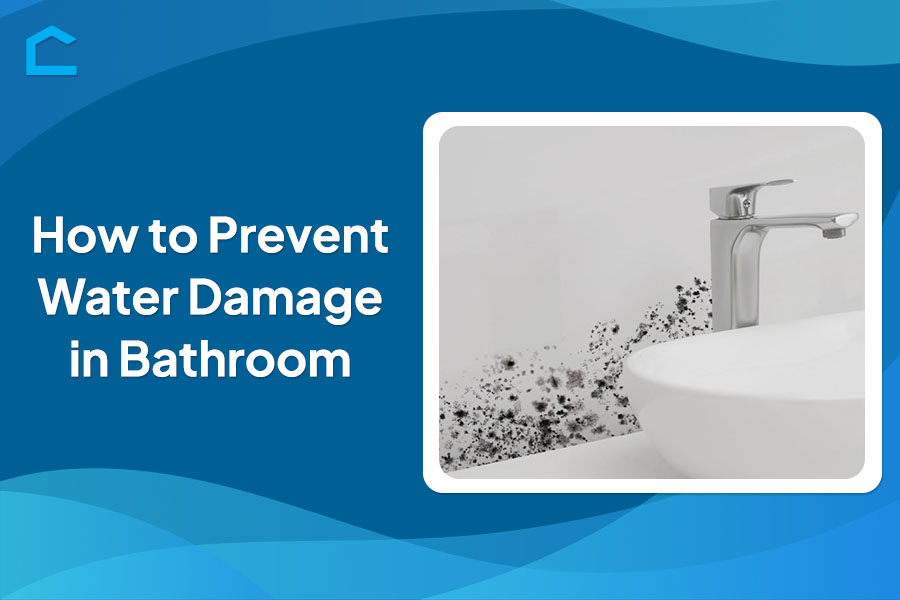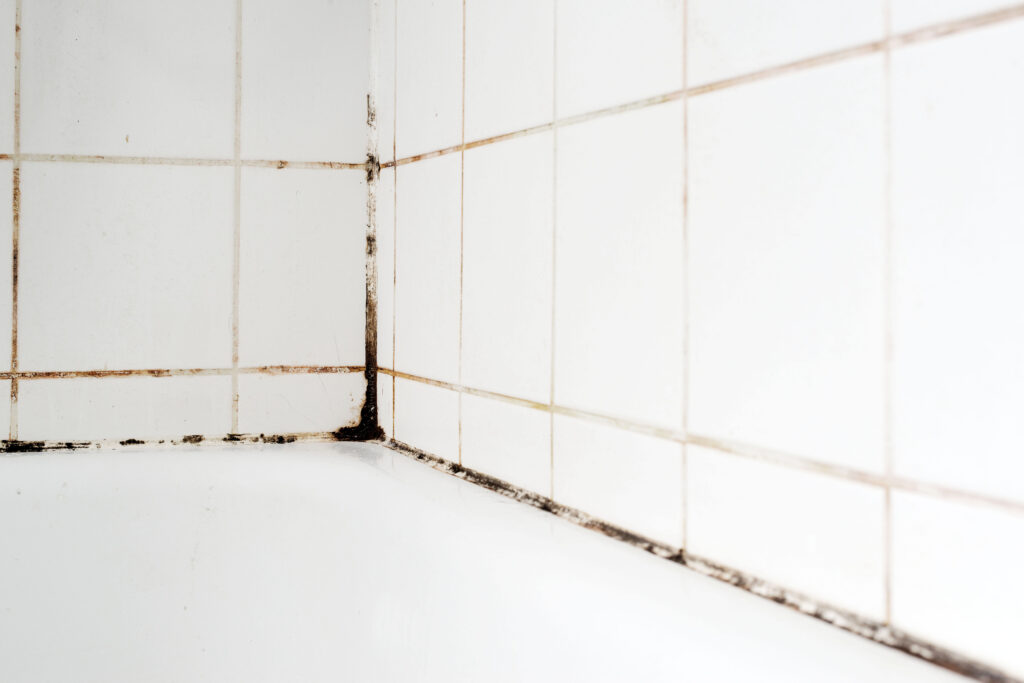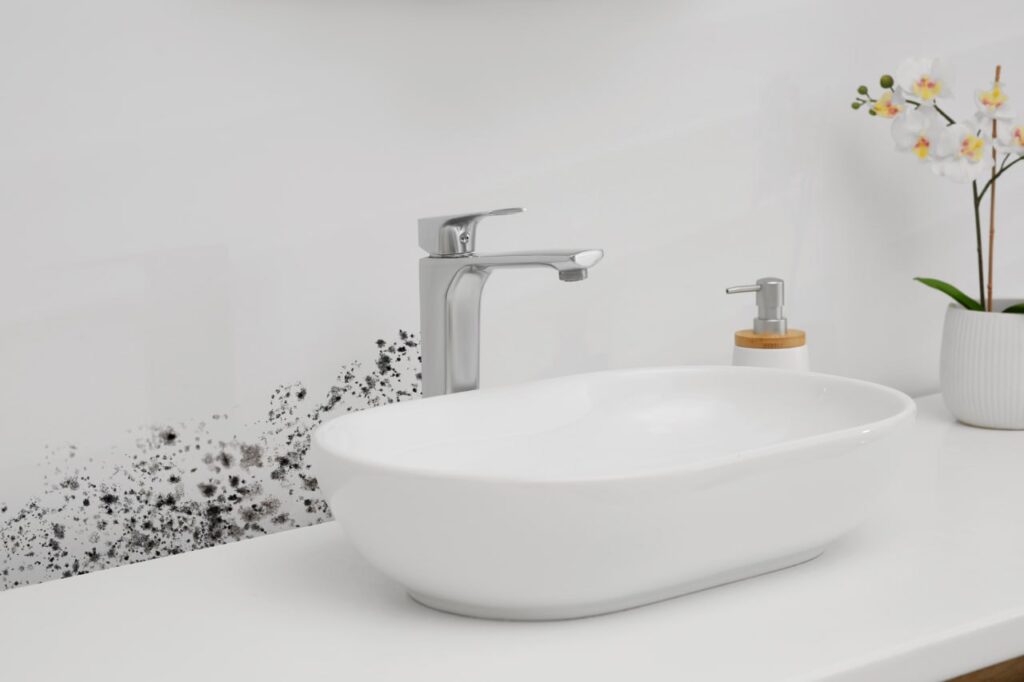How to Prevent Water Damage in Bathroom

Water damage is one of the most common and costliest issues homeowners face regarding bathrooms. Bathrooms are susceptible environments for water problems. If left unchecked, these issues can lead to extensive and expensive repairs down the line. Knowing how to prevent water damage in bathroom is necessary.
With some proactive measures and regular maintenance, it’s possible to keep your bathroom dry, clean, and free from costly water infiltration. In this comprehensive guide, we’ll explore practical strategies to waterproof your bathroom.
Whether you’re a homeowner, renter, or property manager, these tips will help you keep your bathroom in top-notch condition for years to come. Continue reading to discover more!

Source: shutterstock.com / Photo Contributor: Marcus Krauss
How to Prevent Water Damage in Bathroom
General bathroom maintenance
Prevention is crucial in avoiding expensive water damage. You should regularly check for and fix leaks in pipes, faucets, and fixtures. Even a small drip can cause significant moisture buildup and damage over time.
You must ensure proper ventilation to reduce moisture buildup. Also, run an exhaust fan or open windows during and after showers to promote air circulation. This helps prevent mold and mildew growth, which can lead to structural issues.
Keeping surfaces dry and clean is another effective preventive measure. After use, wipe down walls, floors, and countertops to remove excess moisture. This simple habit helps maintain a healthy, damage-free bathroom.
Waterproofing strategies
Water-resistant materials
You should use waterproof materials in bathroom flooring and walls. Tiles, waterproof laminates, and specialized bathroom paints can effectively prevent water penetration. These materials create a barrier that protects underlying structures from moisture damage.
Sealing and membranes
Another crucial step is applying a high-quality sealant around tubs, showers, and sinks. This creates a watertight barrier that prevents water from seeping through gaps and cracks.
Furthermore, installing a waterproof membrane behind tile walls and shower enclosures adds an extra layer of defense. This membrane acts as a barrier, directing any water that penetrates the tiles away from the wall cavity. It effectively safeguards the integrity of your bathroom’s structure.
When choosing waterproofing materials, you should consider factors like durability, ease of maintenance, and compatibility with your bathroom’s design. You can consult with professionals who help you make informed decisions and ensure proper installation.
Maintenance of grout and caulk
It is essential to regularly inspect and replace damaged grout between tiles. Over time, grout can crack or crumble, allowing water to penetrate and cause damage. Due to this, you must address any issues promptly to prevent further deterioration and potential leaks.
It is also important to check the caulking around tubs, showers, and sinks for cracks or gaps. Caulk acts as a flexible sealant, preventing water from seeping through joints and gaps. So, you should reapply fresh caulk periodically to help maintain a watertight seal.
Areas prone to moisture exposure
When inspecting grout and caulk, pay close attention to areas prone to moisture exposure, such as corners, edges, and joints. These spots are more likely to deteriorate and may need frequent upkeep.
For this purpose, using caulk and grout made specifically for bathrooms that resist mold can be helpful. These products protect against mold and mildew, keeping your bathroom in good shape.
By following these steps, you might significantly lower the risk of water damage. We advise you to stay vigilant with regular maintenance and promptly address any issues.
How to Prevent Water Damage on Wall Next to Shower
To prevent water damage on the wall next to your shower, here are some effective steps:
- Apply waterproof paint or sealant – Use waterproof paint or a sealant designed for bathroom use on the wall adjacent to the shower. This creates a protective barrier against moisture and water infiltration.
- Install a splash guard or barrier – Consider installing a splash guard or barrier between the shower and the adjacent wall. This helps redirect water back into the shower area, preventing it from splashing onto the wall.
- Ensure proper caulking and sealing – Proper caulking and sealing around the edges of the shower enclosure are crucial. Inspect and replace old or deteriorated caulk regularly to prevent leaks. This ensures that water doesn’t seep through gaps between the shower walls and the surrounding surfaces.
These steps help maintain the integrity of the wall next to your shower, reducing the risk of water damage. They also ensure your bathroom remains in good condition over time.

Source: shutterstock.com / Photo Contributor: New Africa
Conclusion
Water damage remains a significant concern for you, especially in bathrooms where moisture levels are high. But with our strategies in this guide, you can proactively safeguard your bathroom’s structural integrity and create a lasting, damage-free haven.
Now that you know how to prevent water damage in bathroom, you can take the necessary steps to ensure its longevity. When selecting waterproofing materials, you must consider factors such as durability, ease of maintenance, and compatibility with your bathroom’s design and style.
Remember, consulting with professionals can help you make informed decisions and ensure proper installation. So, embrace a mindset of prevention today to avoid costly repairs tomorrow!
